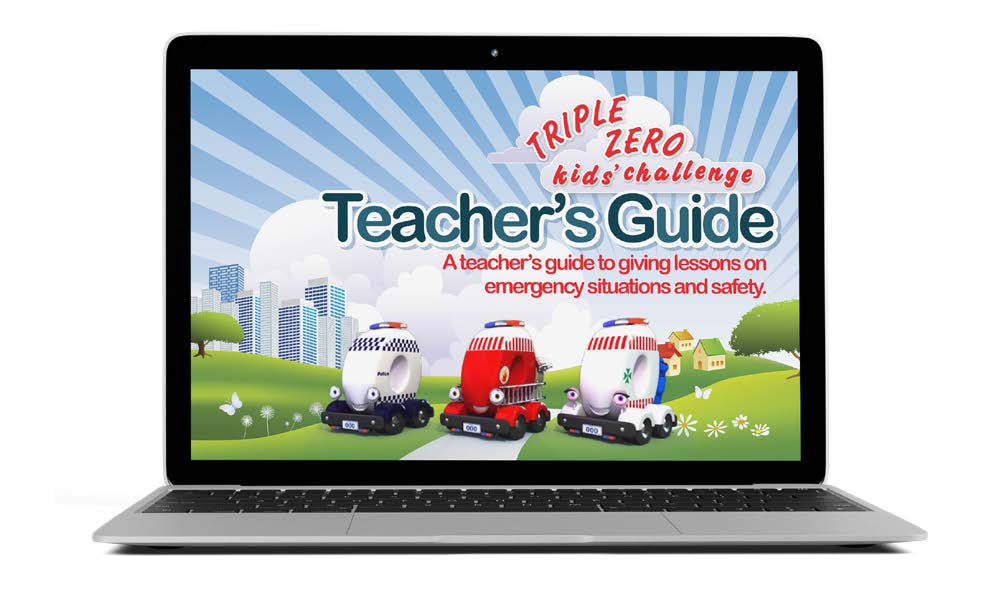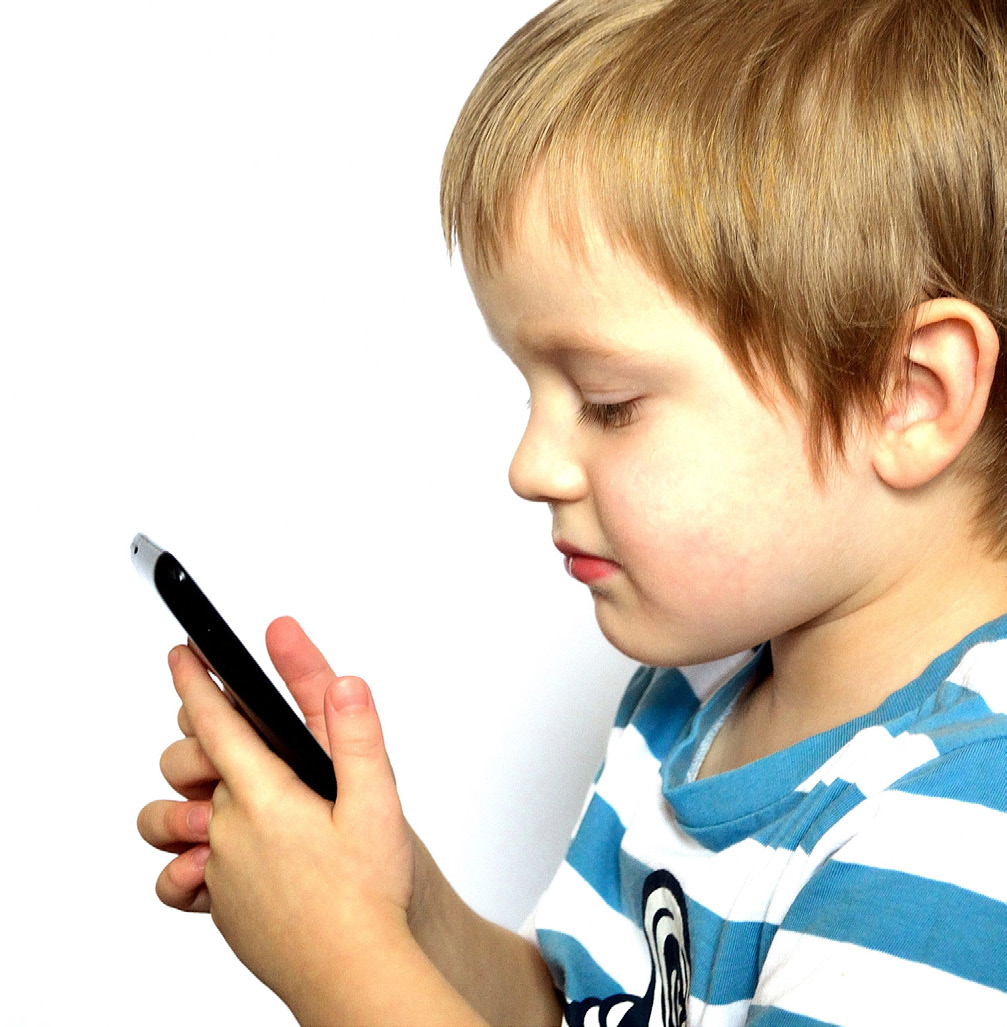Abstract
The Triple Zero Kids’ Challenge is an online, interactive safety game and a mobile application. It provides young children in Australia with essential information on how to identify and report legitimate emergencies by calling Triple Zero (000). As a companion resource, the Triple Zero Kids’ Challenge Teacher’s Guide provides educators of lower-primary school students with a series of structured learning activities to consolidate and extend the key messages of the online game. To ensure that the learning activities in the guide are both feasible and appropriate for the target age group, a formative evaluation was conducted with lower-primary students and their teachers. This paper reports on the results of the evaluation and highlights the importance of formative evaluation to the development of safety education programs for children. While the evaluation indicated that the learning activities were feasible and appropriate for lower-primary school students, it also identified the need for numerous modifications and improvements that have been incorporated into a revised 2017 version of the guide.
Introduction
Triple Zero (000) is Australia’s emergency number for requesting urgent assistance from police, fire or ambulance services. When an emergency situation is life-threatening or time-critical, calling Triple Zero facilitates the rapid dispatch of the appropriate emergency service. Given that young children are sometimes the sole bystanders during an emergency situation, educating them on the effective and responsible use of the Triple Zero emergency number is an essential component of inclusive community safety. While scholarly research on children’s use of Triple Zero is scarce, the annual Junior Triple Zero Hero Awards provide many examples where children as young as four years old have saved lives by calling Triple Zero (Emergency Services Telecommunications Authority 2017). Through the delivery of quality education programs that effectively teach young children how to use the Triple Zero emergency number, there is the potential for more lives to be saved.
Identifying a distinct gap in the provision of Triple Zero education for Australian children aged between four and seven years, the Triple Zero Awareness Working Group (TZAWG)1 developed the Triple Zero Kids’ Challenge. The Triple Zero Kids’ Challenge is an interactive online game and mobile application (app) that provides children with the knowledge and skills they need to identify and report legitimate emergencies by calling Triple Zero (TZWAG 2017). To further support children’s learning, the TZAWG developed the Triple Zero Kids’ Challenge Teacher’s Guide that consists of structured learning activities to consolidate and extend the key messages of the online game (TZAWG 2017). While the learning activities directly address the serious topics of major accidents, medical emergencies, fires and serious crimes, they are designed to be enjoyable and engaging for young children. Taken together, the learning activities cover all of the key concepts and procedures involved in calling Triple Zero, including the kinds of situations that constitute legitimate emergencies, the correct number to dial, the information to provide to operator and the consequences for making hoax calls.
Classroom delivery of the core learning activities in the Teacher’s Guide takes approximately six to eight hours and, for this reason, every activity has been designed to align directly with the Health and Physical Education component of The Australian Curriculum (ACARA 2017) (see Table 1).
Table 1: Alignment to the Health and Physical Education component of The Australian Curriculum.
| Year level | Learning strand | Content description |
| Foundation | Personal, social and community health. | Being healthy, safe and active:
|
| Years 1 and 2 | Personal, social and community health. | Being healthy, safe and active:
|
To ensure that the learning activities in the Teacher’s Guide were feasible and acceptable for lower-primary students, the design process incorporated a formative evaluation. Formative evaluation is undertaken during the design of a new program or when an existing program is implemented in a new context (International Federation of Red Cross and Red Crescent Societies 2011). It allows for modifications to be made to the program before full implementation begins and maximises the likelihood that the program will succeed (Administration for Children and Families 2010). In the context of emergency education, formative evaluation is especially important because poorly designed learning activities can have life or death consequences. Indeed, recent research has demonstrated that emergency education programs can unintentionally increase risk by creating confusion or reinforcing misconceptions about appropriate emergency response procedures (see Johnston et al. 2014 for examples from the context of children’s earthquake education). Despite this, emergency education programs for children are rarely subjected to formative evaluation during the design phase (Towers et al. 2016).
For the development of the Teacher’s Guide, a formative evaluation was especially important because empirical research that could be applied to the design of the learning activities was distinctly lacking. While various organisations around the world have developed programs and resources for educating children about their national emergency call service, an extensive search of the literature located only four published program evaluations. Two of these evaluations (Jones 1980, Rosenbaum, Creedon & Drabman 1981), both conducted in the USA, found that children aged between four and five years could be effectively trained to make an emergency call. However, the content validity of those studies has been eroded by dramatic advancements in telecommunications over the last several decades (i.e. from the demise of rotary dial landlines and rise of smart phone technology). Two more recent evaluations, one conducted in Australia (Wilks et al. 2016) and one conducted in the USA (Morgenstern et al. 2007), were both focused on programs for children aged between 11 and 13 years. However, results in both studies indicated negligible program effects because the child participants already knew how to make an emergency call.
This paper presents the findings of the formative evaluation of the Triple Zero Kids’ Challenge Teacher’s Guide. In doing so, it demonstrates the fundamental importance of formative evaluation to the design of quality safety education programs for children. Given the lack of any relevant recent research in this area, it also addresses a significant gap in the literature and provides a foundation for future evaluations of program effectiveness.

The Triple Zero Kid’s Challenge Teacher’s Guide can be downloaded from the website (http://kids.triplezero.gov.au/).
Methods
The evaluation of the Teacher’s Guide was conducted in a primary school in the south-eastern region of metropolitan Melbourne. Three Foundation Year teachers were provided with a pilot version of the Teacher’s Guide and asked to deliver the lessons during class time. Upon completion of the lessons, students from each class were invited to volunteer for an interview. Of the 60 students who were invited to participate, 22 students (11 male and 11 female) returned a consent form that had been signed by their parent or guardian and were included in the evaluation. All student volunteers were aged between five and six years.
The evaluation employed a predominantly qualitative approach to data collection. While formative evaluation can involve quantitative or qualitative methods, it lends itself strongly to the latter (George & Cowan 2004). In contrast to quantitative or experimental approaches, a qualitative approach allows for the emergence of unexpected outcomes and processes, which increases opportunities for program modification and improvement (Patton 2014). A qualitative approach is particularly important for understanding how young children are interpreting key safety concepts and provides a strong basis for redesigning learning activities that directly address common misconceptions and knowledge gaps (Johnson et al. 2014, Towers 2015).
Interviews with the children mostly involved semi-structured open-ended questions that allowed them to articulate their knowledge from their own perspectives. However, to supplement the qualitative data and provide a quantitative indication of the accuracy of children’s knowledge, several structured closed-ended questions were included. To help create a relaxed environment in which the children felt comfortable communicating their perspectives in their own words, they were interviewed in pairs or groups of three (Eder & Fingerson 2002).
The three classroom teachers (all female) who delivered the lessons were invited to provide feedback on the Teacher’s Guide via open-ended questions in a written survey. This survey asked the teachers to identify the key strengths and weaknesses of the learning activities and share their perceptions of student learning, engagement and enjoyment. The survey sought teacher recommendations for improving the structure and content of the guide.
Approval for the evaluation was granted by the RMIT Human Research Ethics Committee and the Victorian Department of Education.
Results and discussion
Children’s knowledge and skills
If children are to be competent and responsible users of the Triple Zero emergency call service they need to correctly identify legitimate emergencies when they occur. The Teacher’s Guide includes learning activities aimed at increasing children’s knowledge and skills in this area. To assess the viability of these activities, the children were asked to describe an emergency. They responded with various examples of legitimate emergencies, including major accidents, medical emergencies, fires and serious crime. Box 1 provides a selection of representative responses.




